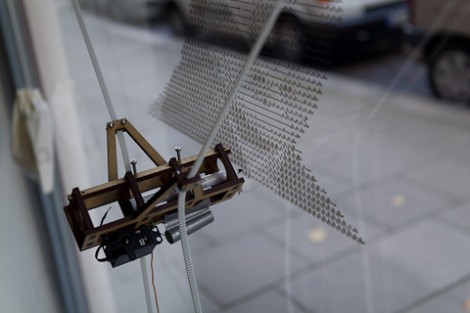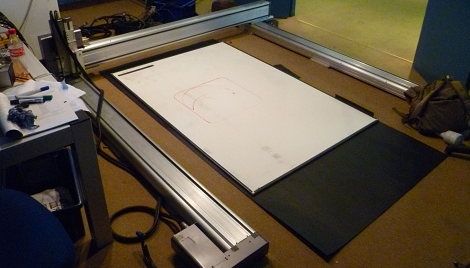
In a little more than a month, tens of thousands of people around the world will attend a class on Artificial Intelligence at Stanford. Registration for this class is still open for both class ‘tracks’. The “basic” track is simply watching lectures and answering quizzes, or a slightly more advanced version of MIT OpenCourseware or Khan Academy. The “advanced” track is the full class, requires homework and exams, and aspires to Stanford difficulty.
With thousands of people taking this class, there’s bound to be a few study groups popping up around the web. The largest ones we’ve seen are /r/aiclass on Reddit and the stack overflow style aiqus. The most common reply to ‘what language should I learn from this class?’ is Python, although there’s an online code repo that has the text’s working code in Lisp, Java, C++ and C#.
If AI doesn’t float your boat, there are two more classes being taught from Stanford this fall: machine learning and introduction to databases. Any way you look at it, you’re getting to take a class from one of the preeminent instructors in the field for free. Do yourself a favor and sign up.
Thanks to everyone who sent this in. You can stop now.

















